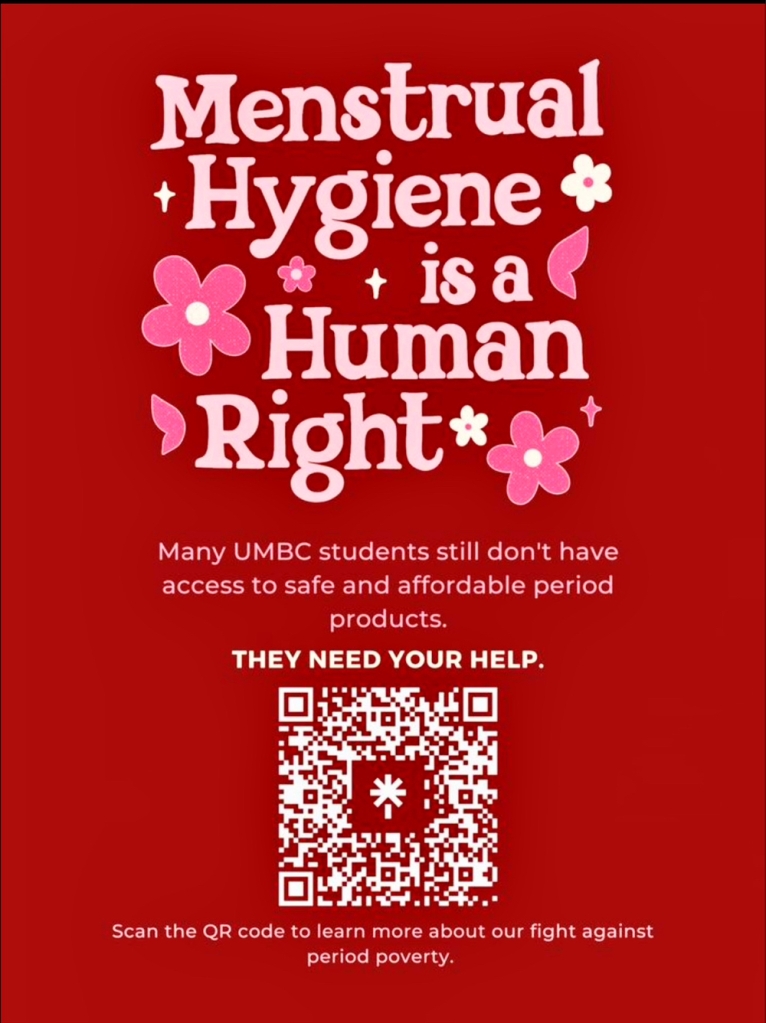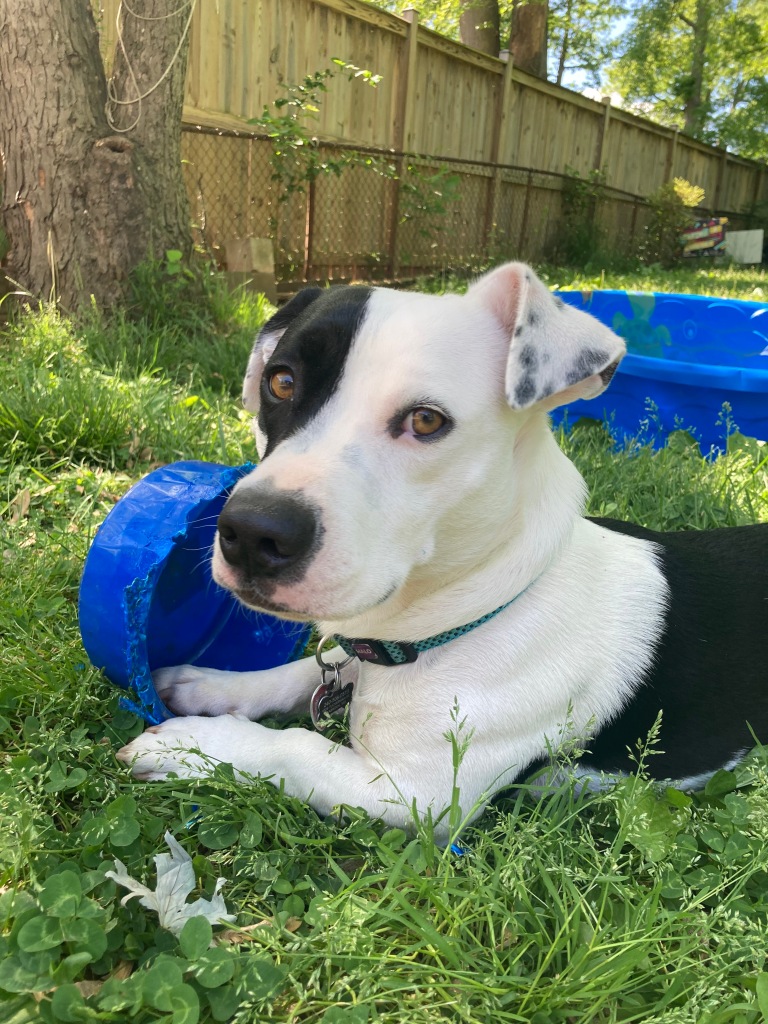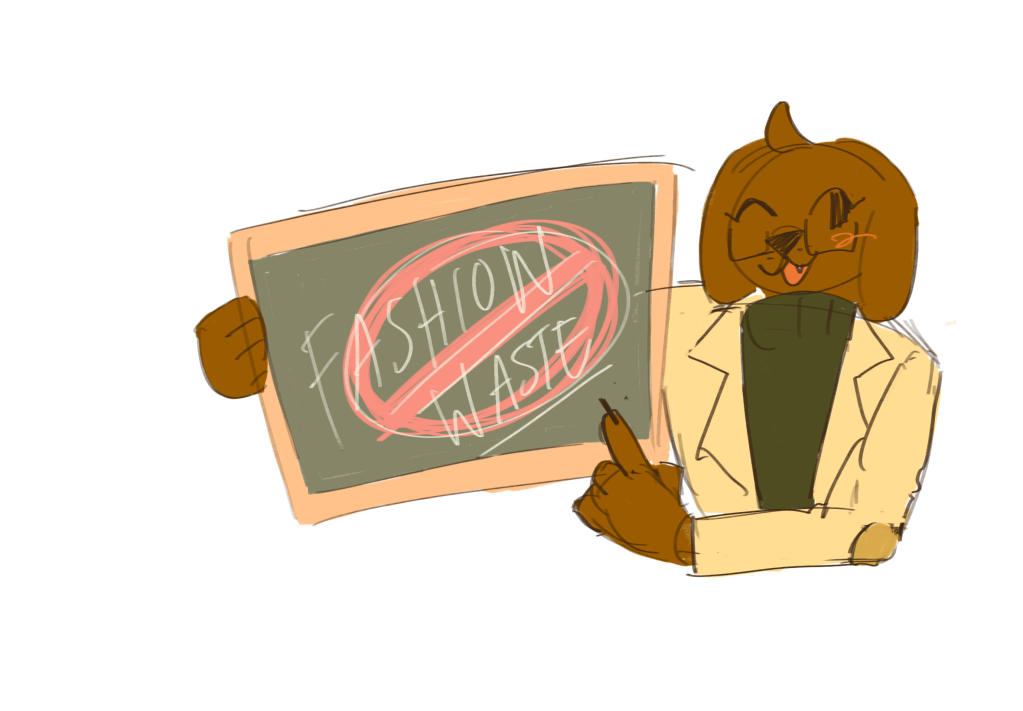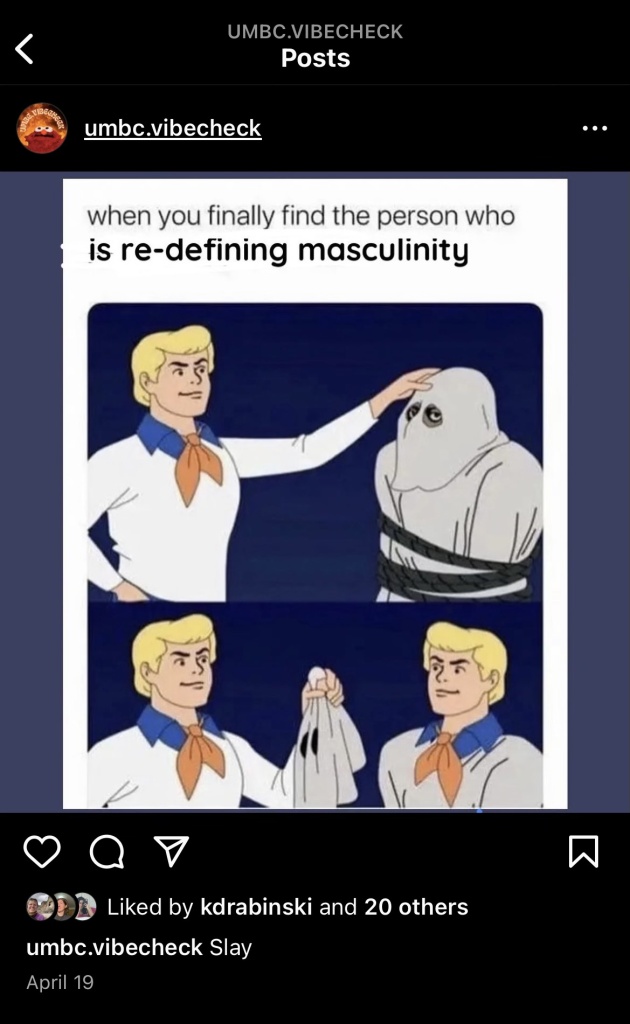By Sam Kefauver and Matt Sachs
What are we advocating for?
While Ukraine remains entrenched in a seemingly endless war with Russia, the public’s attention to the conflict and struggles experienced by the Ukrainian people has dwindled since the conflict escalated in February, 2022. The stories captured by mainstream news outlets detail changes and developments surrounding the political and economic landscape of the war, as well as ongoing battle progressions. BBC, Fox, NBC, and Reuters are some of the most popular news companies in the world, and yet they have failed to create more visibility to the humanitarian struggles in Ukraine. Refugee movements have been overshadowed, with the primary focus changing to who is winning the war, what is being supplied to Ukraine, and the threats being made by Russia. This analysis will feature an overview of how news outlets are reporting on the war, and then shift toward interviews we have conducted of Ukrainian immigrants regarding the war, its coverage, and public attention. Finally, we will report on organizations that report on all spheres of the conflict in Ukraine with a prioritized focus toward humanitarian struggles, as well as discussing what can be done in order to better support Ukrainian struggles.
While mainstream news organizations have kept Ukraine in the spotlight since the war escalated, news reports have failed to keep attention on humanitarian issues surrounding the conflict. BBC has covered fears in the United Kingdom over raising potential for violent crimes in the UK due to the massive amount of weapons provided to Ukraine throughout the war (O’Donoghue, 2023). Reuters on May 9th published an article discussing attacks on Kyiv by Russia on the anniversary of V day, as well as other updates on ongoing fighting in the war (Reuters, 2023). Fox and NBC have focused largely on who is winning the war and current fighting movements, with NBC remarking on the “stunning scale of Russian deaths in Ukraine” (Smith, 2023) and Fox discussing developments in the Bakhmut region and Russian army struggles (McFall, 2023). In all of these examples, there is little to nothing being said about civilian struggles and refugee movements in Ukraine. Other news reports center around similar subjects as those listed above, or around aid being provided to Ukraine from the US and other allies.
While these issues are important to cover, it needs to be understood that news organizations aren’t actively using their platforms to help the Ukrainian people and aren’t doing enough to engage the public in Ukraine’s struggles. The public is no longer following the war and humanitarian issues surrounding it as closely as they were when it started, and the general concern for the ongoing suffering in Ukraine has dropped tremendously. Some of the reason for this is due to overall mental exhaustion in hearing about updates in Ukraine, and some is due to the lack of effort by news agencies in finding ways to engage the public about issues surrounding the war. Ukrainian individuals whom we have interviewed have provided detailed accounts of the horrors of war, civilian struggles in Ukraine, and frustrations surrounding the visibility of the crisis and attitudes toward the war on social media.
Learning about Ukrainian Lives
A huge part of our project was reaching out to displaced Ukrainians in order to get better insight than what the news outlets were sharing. Here are some of the things we learned from the people we interviewed!
Oleksandr shared what leadership under russian occupation was like, as he lived in Russian-occupied territories. He shared about how living away from home was so bad that he returned to an active war zone just to be home. He also shared about his efforts supplying laptops to those who no longer have access to school, so they can engage in online education. We learned from him about how exhausting it is to have news not make it outside of Ukraine, but how the war gave him purpose.
Daryna shared about the suddenness of the conflict, and the current state of Ukraine. They shared about how Ukrainian infrastucture is still unstable (blackouts and missile attacks), and Daryna taught us about how committed many were to the safety of others; some individuals did not want to leave but completely relocated, knowing it was safest for their family. She shared how there are horrible events still going on that could respark interest if they were publicized, but are banned by social media platforms. She shared a reliable donation source (see below!) and let us know that any social media presence helps.
Sofiia shared about how horrific and disorienting the war was for her, but how she appreciates the national coverage of it brough to Ukraine, because before no one cared when it was occupied before. She shared about how she found new purpose in her online learning communities and her dog adoption shelter that saves mistreated russian animals and animals misplaced from owners during the conflict. She understands the societal exhaustion and waning support, but if people knew about the struggle to function with the lack of infrastructure (like inconsistent electricity), then the public might be more inclined to support.
Anna shared about how leaving the country was a tough and uncertain experience. She talked about the value of food return programs were a key way for her and many others to survive while they were displaced. Another program she thought was incredibly valuable was the ukrainian media coverage and people reposting in english. She also helped us understand that much of social media doesn’t truly understand the conflict, mostly through not being able to comprehend the severity of the situation, both in Russia’s intent and in how dangerous the streets are.
Overall, we gained a more nuanced picture of what was going on! Not only did we get to see more individual lives, but their stories helped us find better avenues to support and gave us a much more comprehensive understanding of what the conflict was really like, and how the people of Ukraine lived in it.
If you want to see the full interviews, the link is here!
How do I learn more? How can I support?
For best understanding the conflict on a day by day basis, we wanted to present a few more resources that we believe give good, active, and reliable knowledge about the lives of Ukrainian Refugees:
https://data.unhcr.org/en/situations/ukraine – This is our most objective source, giving active information of the number of Ukrainian refugees still displaced.
https://www.unrefugees.org/emergencies/ukraine/ – This source can give you better insight and knowledge with quick and informative content about the conflict. They also share testimonials of Ukrainians to give even more insight!
Time is one of the main solutions that can be given to alleviate the war in Ukraine, as there is nothing as individuals that we can do to bring a sudden end to the war. However, the question, “what can I do?”, still remains, and is so often expressed when people encounter tough issues that are meaningful to them. In response to this question, we have gathered links to a few ethical, well known, and grassroots organizations who are gathering donations to support various causes connected to the war in Ukraine. We encourage those who read this post to either donate or share this post to gather attention and support for these organizations. We have taken information provided from the websites of these organizations to describe what they are doing in Ukraine and how donations can support them.
Doctors Without Borders:
https://www.doctorswithoutborders.org/what-we-do/where-we-work/ukraine
“Every day, Doctors Without Borders teams deliver emergency medical aid to people in crisis, with humanitarian projects in more than 70 countries.”
“As the war in Ukraine escalates, our teams are responding to a deepening humanitarian crisis.”
“On February 24, 2022, Russia launched a large-scale military operation in Ukraine that rapidly escalated into a war across most of the country. Doctors Without Borders is expanding our medical and humanitarian response to the evolving needs of Ukrainians and those affected by the crisis.“
GlobalGiving:
https://www.globalgiving.org/projects/ukraine-crisis-relief-fund/
“GlobalGiving is a nonprofit that supports other nonprofits by connecting them to donors and companies. Since 2002, we’ve helped trusted, community-led organizations from Afghanistan to Zimbabwe (and hundreds of places in between) access the tools, training, and support they need to make our world a better place.”
“Your donation to the Ukraine Crisis Relief Fund will provide:
- Shelter, food, and clean water for refugees
- Health and psychosocial support
- Access to education and economic assistance
- And more”
Future for Ukraine (FFU) Foundation:
https://ffu.foundation/en/donate
“Created by Ukrainians, for Ukrainians”
“Together, we have launched new initiatives, traveled hundreds of kilometers for humanitarian missions to hot spots, supported wounded soldiers within the framework of the prosthetics project, and taken care of displaced Ukrainian children and women.”
Foundation Goals:
- Help Children
- Help the wounded
- Help for the military
- Humanitarian help
- Support medical institutions
- Helping women
- Support refugees
Serhiy Prytula Charity Foundation:
https://prytulafoundation.org/en
“Serhiy Prytula Charity Foundation is focused on strengthening the Defense Forces of Ukraine and providing assistance to the civilians affected by russian aggression.”
“Our mission is to help Ukrainian civilians affected by russian aggression regain access to decent living conditions”
“Helping our military fight the occupant on land, at sea, in the air, and in space everyday till victory.”
Sources
- McFall, C. (2023, March 28). Russian forces stalled in Eastern and southern Ukraine as Kyiv claims to be ‘stabilizing’ Bakhmut Sector. Fox News. Retrieved from https://www.foxnews.com/world/russian-forces-stalled-in-eastern-and-southern-ukraine-as-kyiv-claims-to-be-stabilizing-bakhmut-sector
- O’Donoghue, L. (2023, March 31). Ukraine War guns likely to end up on UK streets, says weapons expert. BBC News. Retrieved from https://www.bbc.com/news/uk-england-merseyside-65063312
- Reuters (Ed.). (2023, May 9). Russia’s war on Ukraine latest: Russia marks Victory Day with new attacks on Ukraine. Reuters. Retrieved from https://www.reuters.com/world/europe/russias-war-ukraine-latest-ukraine-says-defence-systems-repel-russian-attacks-2023-05-09/
- Serhiy Prytula Charity Foundation. Prytula Foundation. (2023). https://prytulafoundation.org/en
- Smith, A. (2023, May 2). The ‘stunning’ scale of Russian deaths in Ukraine signals trouble ahead for Putin. NBCNews.com. Retrieved from https://www.nbcnews.com/news/world/russia-casualties-soldiers-killed-ukraine-counteroffensive-putin-war-rcna82380
- The International Rescue Committee. (2023). Ukraine Crisis. The International Rescue Committee. Retrieved from https://www.rescue.org/topic/ukraine-crisis
- UN Refugee Agency. (2023). Situations: Ukraine Refugee Situation. Operational Data Portal. Retrieved from https://data.unhcr.org/en/situations/ukraine
- USA For UNHCR. (2023). Ukraine emergency: Aid, statistics and news: USA FOR UNHCR. Ukraine Emergency: Aid, Statistics and News | USA for UNHCR. Retrieved from https://www.unrefugees.org/emergencies/ukraine/
- Yayboke, E., Strouboulis, A., & Edwards, A. (2022, October 3). Update on forced displacement around Ukraine. Center for Strategic & International Studies. Retrieved from https://www.csis.org/analysis/update-forced-displacement-around-ukraine








